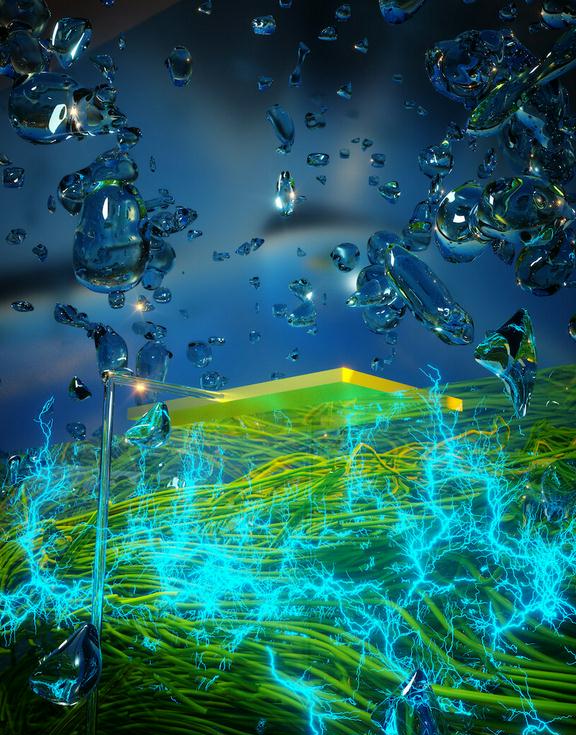
Preface. To get power out of thin air after oil, the 90% of people who have had to go back to farming are going to be making protein nanowires from microbes in the chicken coop in their spare time. Scaling up microbes to keep the lights on and trucks running is about as likely as powering the world with flea circuses. Now there’s an idea!
Fruit power: At such a small scale, this won’t solve the energy crisis, and no doubt takes more energy to construct than what it can store over its lifetime, but I’m delighted that durian and jackfruit waste is good for anything at all, in this case super-capacitors to charge phones and laptops.

Alice Friedemann www.energyskeptic.com author of “When Trucks Stop Running: Energy and the Future of Transportation”, 2015, Springer, Barriers to Making Algal Biofuels, and “Crunch! Whole Grain Artisan Chips and Crackers”. Podcasts: Collapse Chronicles, Derrick Jensen, Practical Prepping, KunstlerCast 253, KunstlerCast278, Peak Prosperity , XX2 report
***
Lee, K., et al. 2020. Aerogel from fruit biowaste produces ultracapacitors with high energy density and stability. Journal of Energy Storage 27.
Durian fruit is so famous for its awful smell that it is banned on several mass transit systems and many hotels and airports. According to wikipedia, animals can smell it from half a mile away, with an odor of raw sewage, rotten onions, turpentine, pig-shit, vomit, skunk spray, and garnished with gym socks.
Researchers have found a way to turn durian and jackfruit into electrochemical super-capacitors, which are like energy reservoirs that dole out energy smoothly. They can quickly store large amounts of energy within a small battery-sized device and then supply energy to charge electronic devices, such as mobile phones, tablets and laptops, within a few seconds.
“Using a non-toxic and non-hazardous green engineering method that used heating in water and freeze drying of the fruit’s biomass, the durian and jackfruit were transformed into stable carbon aerogels — an extremely light and porous synthetic material used for a range of applications.”
“Carbon aerogels make great super-capacitors because they are highly porous. We then used the fruit-derived aerogels to make electrodes which we tested for their energy storage properties, which we found to be exceptional,” Gomes says. “Compared to batteries, super-capacitors are not only able to charge devices very quickly but also in orders of magnitude greater charging cycles than conventional devices.
The team found that the super-capacitors they prepared were significantly more efficient than current ones, which are made from activated carbon.
Fialka, J., et al. 2020. To store renewable energy, try freezing air. Scientific American.
A British company called Highview Power proposes a novel solution: a storage system that uses renewable electricity from solar or wind to freeze air into a liquid state at -196 C where it can be kept in insulated high pressure storage tanks for hours or even weeks. The frozen air is allowed to warm and turn itself back into a gas. It expands so quickly that its power can spin a turbine for an electric generator. The resulting electricity is fed into transmission lines when they are not congested.
[My comment: how much does this cost? How much energy to keep the air chilled to -321 Fahrenheit? Is the energy return on invested positive? ]
UMA. 2020. New green technology generates electricity ‘out of thin air’. University of Massachusetts, Amherst.
Scientists have made a protein that creates electricity from moisture in the air, a device they call an “Air-gen.” or air-powered generator, with electrically conductive protein nanowires less than 10 microns thick produced by the microbe Geobacter. which can generate electric current from water vapor in the air.

5 Responses to Far Out #4: Power out of thin air, power out of freezing air, & Fruit power